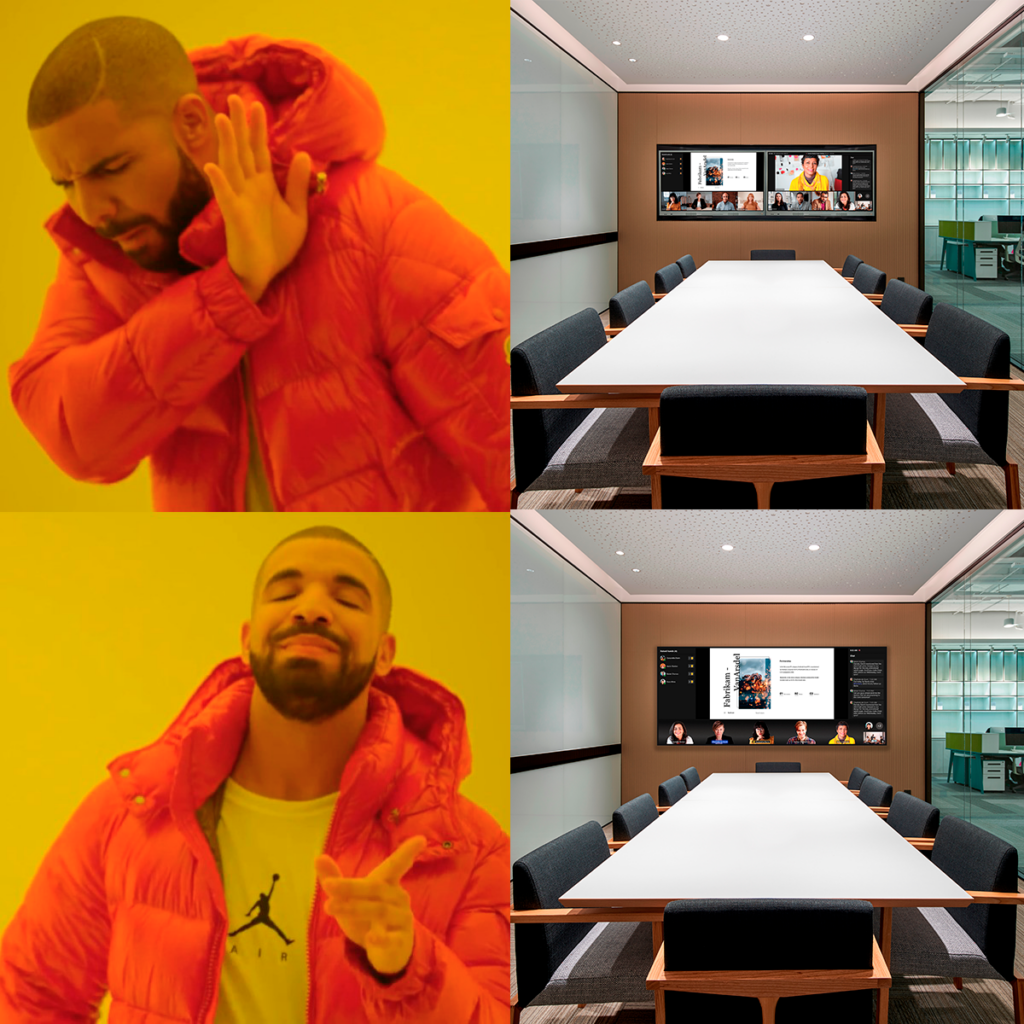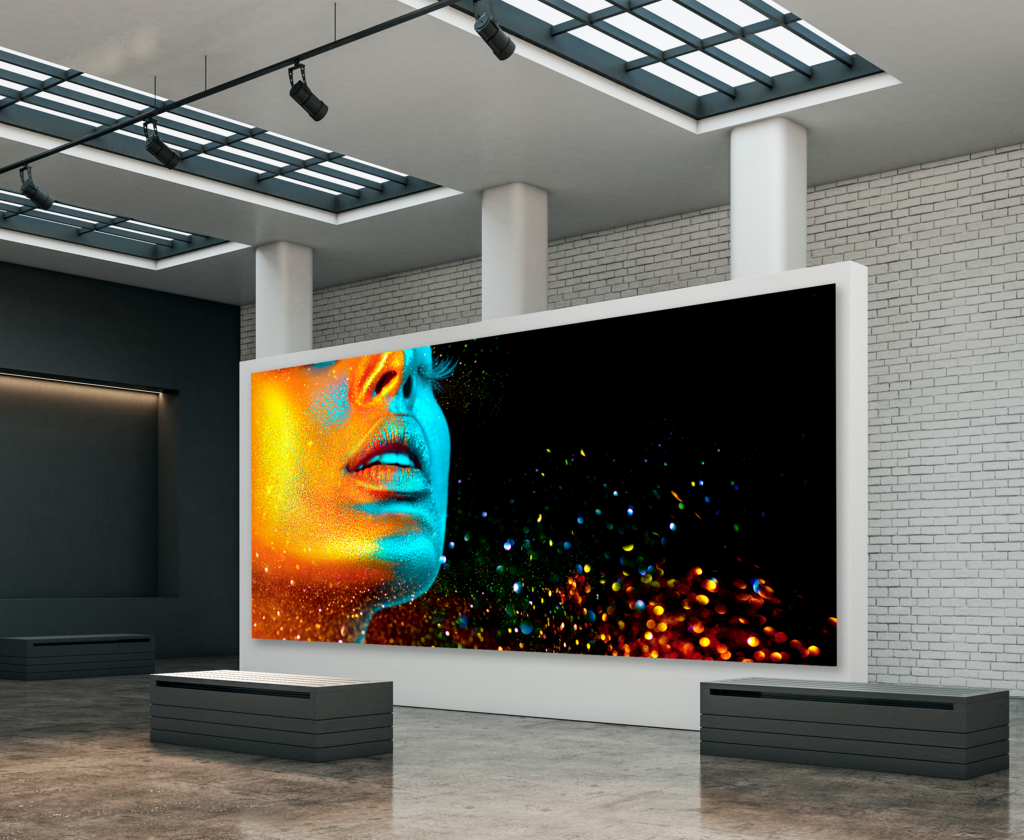So, we are all back to work – finally – but what does that change?
Back to work, the great return, post-covid era: we can name a dozen more ways marketers named the last few months. As our planet continues its recovery from the pandemonium that plagued the past few years, the top trending topics for our industry are collaboration and the challenges it creates for the “new” hybrid workforce. From our perspective, these are all challenges discussed BEFORE the global pandemic, the user base just got bigger.
During the period when more people were working remotely gave our industry visibility to the good, the bad, and the ugly aspects of collaboration (remote and otherwise). On a bigger scale than ever before, AV manufacturers, integrators, and customers experienced firsthand what efficient collaboration spaces need (and don’t need) to make them work most efficiently. The return to work for more people is just a single element of a bigger puzzle to now just anticipate integrating a broader audience.
Collaboration is a sum of complex human behaviors
Let’s be honest, meeting equity, the same level of collaboration and human interaction from home to office were already subjects before the pandemic.
Why? Because collaboration is a multitude of sub-items that has been driven forever by constantly changing human behaviors, evolving along with working needs, new technologies to integrate and to use, and a matching industry always being creative in providing new ways of responding to their end-users.
Adding the fact that as humans we are all made differently and have all limits in terms of how we can interact physically with our environment. Complete inclusion is often not thought entirely through.
Don’t think the same model applies everywhere, just adjust
The bottom line is that there is no magic formula, every collaboration space of any form and kind needs to be studied. Every end-users industries collaborate on different subjects, with different tools, on different software. Those same industries often have to collaborate internally, onsite or with distributed workforce but also externally with either people from the same industry or people from different ones with different tools, and different software.
Because of that, every space has to be versatile enough to be able to meet technical requirements for all those scenarios. And if you can’t have an all-in-one altogether unicorn solution? Divide, make some spaces for certain use cases, and some others for some different, this is why some AV integrators and AV engineering firms have years of experience, and you should trust them.
You can’t do the right thing without a holistic approach
Down to building a technical solution for a specific collaboration room or space, you need to think of everything, covering the 3x types of possible meetings:
– Onsite: people from the same company present in a collaboration room exchanging or showing content, not interacting with anyone outside of the room
– Hybrid: people present in a collaboration room, exchanging or showing content with other people connected online often with a videoconference or voice platform, from the same company.
– Onsite, or Hybrid, with external guest: All of the above, often with external guests with external presentation systems (laptops, tablets) onsite or remote (not using the same videoconference standards)
If the last of this list can sometimes give shivers to any AV managers, it is purely because in the general mind such approaches can only be realized with “Frankenstein” type rooms, involving a humongous amount of different hardware, software, making the usage complex, the maintenance a nightmare and the overall cost going through the roof.
Where Jupiter can make a difference
By being a leader in 21:9 aspect ratio format 5K native resolution LCD manufacture, Jupiter can provide with its Pana range sets of touch and non-touch displays allowing on one side 33% more screen space to use collaboration tools, and on the other side a format that is closer to human needs: wider for following natural eyesight and for working with someone else comfortably, and not too high to make it impossible touch reach parts of it.
Its low maintenance cost, integration connectivity with room control systems, building operating systems and below-average TCO makes it the perfect match for any collaboration display projects.
Collaboration software that can address those 3x types of meetings. With Simpleshare, you can launch the meeting software of your choice in a single tap, share your content with BYOM easy connectivity, or simply use a powerful split screen, local sharing, and whiteboard among collaborators.
Need something different? That’s fine! We have many partnerships with specialized collaboration software vendors such as Remago, Alleo, and so on, being able to deliver tailored experiences and features depending on specific collaboration internal and external needs.
So what are you waiting for now?
Since every collaboration space is a reflection of your own needs, don’t hesitate to contact us and speak to our subject matter experts at Jupiter, in order to advise you on the best hardware and software setup for your installation project. For more information on our displays, you can visit their pages, and here you will find more information about our SimpleShare collaboration software.



